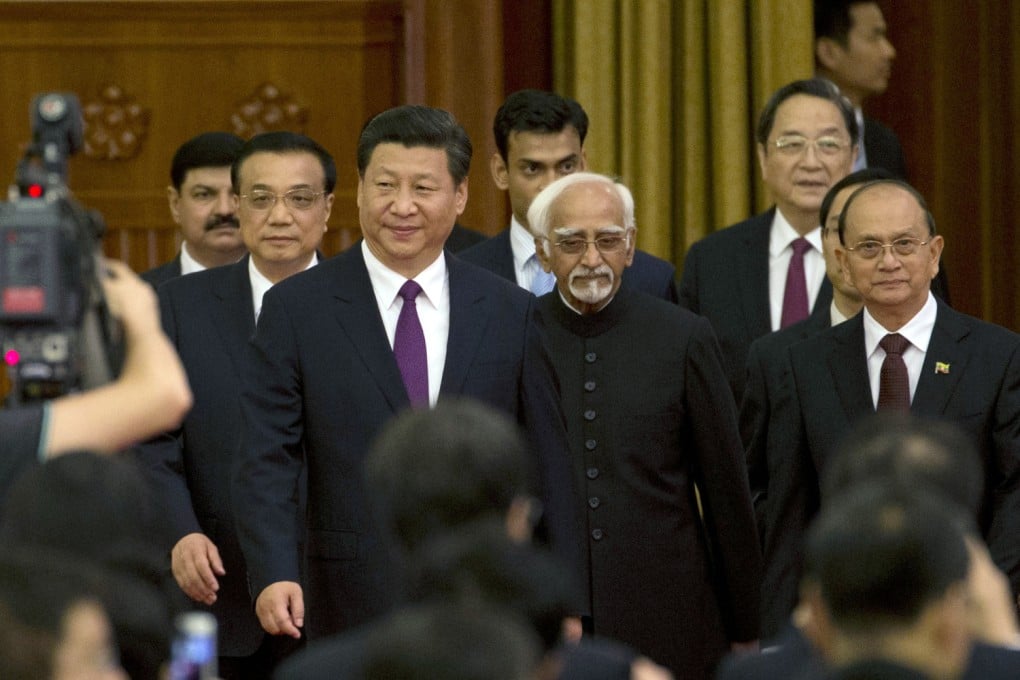Q&A: 'Asia’s best-kept secret' are China's improving ties with India, says Gupta

Last month marked the establishment of the New Development Bank, a bank funded by the BRICS countries - China, India, Brazil, Russia and South Africa - at a summit in Brazil.
The South China Morning Post asked Anil K. Gupta, a professor of strategy and globalization at the University of Maryland, how the new bank and new leadership in both countries will affect China's ties with India. Gupta is the author of the newly published The Silk Road Rediscovered, which sheds light on the growing economic relationship between the world's two most populous nations. He has visited China regularly since 1997, and taught at the Smith UIBE EMBA programme in Beijing since 2003.
You’ve called the growing economic ties between India and China “Asia’s best-kept secret”? Where will we see these ties expanding?
These ties have already been expanding rapidly since 2000. During 2000-last year, bilateral trade between China and India grew at an annual rate of almost 30 per cent, a much faster pace than the 19-20 per cent growth rate in either China’s or India’s exports to the world or the 9 per cent annual growth rate in world trade.
Bilateral trade between China and India currently adds up to about US$65 billion (HK$503.9 billion). Importantly too, the economic relationship between these two Asian giants is on the verge of a transformation – from one driven largely by trade to becoming driven heavily also by investments.
The primary factor driving the growth of economic linkages between China and India is the gravitational pull of market size and growth rates. Despite a slowdown in both countries, they remain two of the fastest growing economies in the G-20. By 2025, China will definitely be the world’s largest economy.